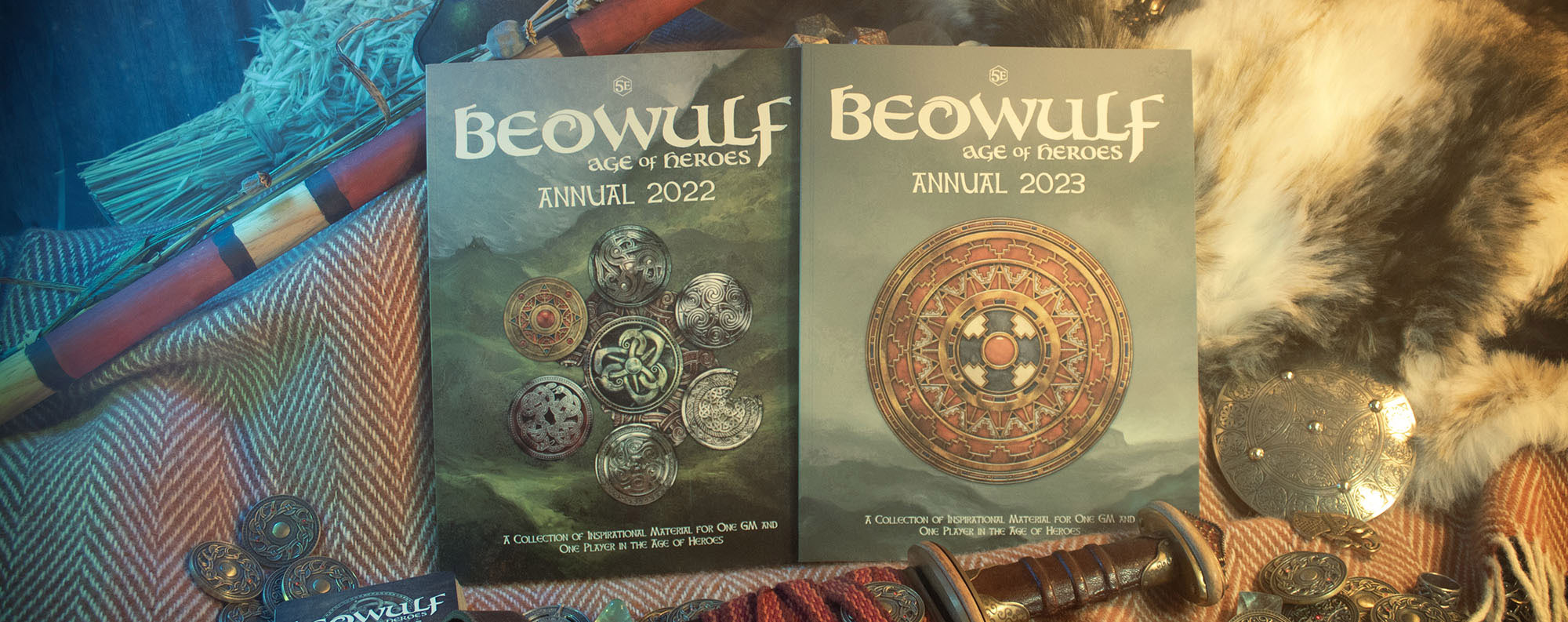It’s time for another bite-sized slice of Cold City Hot War. We were talking in part four about the playtest game designer Malcolm Craig ran for his students. In this next episode we get into how players and the GM (called “Control” in this game, for espionage genre reasons) work together on the tone of the game, as part of play at the table.
The Transcript
Because that’s a part of the game isn’t it? I really like the collaborative sort of setting stuff that everyone works together to build, the sort of parts that are going to be in it. That’s really cool. Also, I really like that it’s a formal kind of setting… a dial if you like for the tone of the game?
Yes. Can you. Yeah.
So you can you expand on that a bit?
Yeah, certainly you can basically it’s like, well what what do you want the tone of your game to be. So if you want it to be like black comedy, like Doctor Strangelove is a good touchstone. You can play it like that if you want to make it a noir or like film, you know, like Third Man.
You see, we want it to have these noir-esque overtones, you know, European arthouse cinema, you know, films like Canal and Europa. So you have different choices and can like there’s thematic influences that you can draw on from each of them, just like so everyone is aware of, like the tone of what the game they’re going to be playing.
And this is really good, isn’t it? For in comparison to, other role playing games, let’s say as shorthand, it’s quite good because you know what, the setting in Cold City and particularly the setting’s Berlin. But setting the tone, that’s a really lovely thing, I think, because that brings everyone together and on the same page.
And all of this is not just, you know the tone – you go through who are our antagonists going to be. And then one of the new bits, the thing that I was actually really wanting to play test, was the elements of the game that are new, that take the load off the GM.
So it used to be the old versions of the game, the GM would have to create stats for monsters and NPCs and all that.
And if you liked that and that’s a part you love of the game, great. But that’s not in these games now. So now part of this collaborative game creation is assigning dice to different groups, and the GM draws on those dice to provide adversity and antagonism. So in Cold City, they’re internal enemies, external enemies. The city of Berlin itself, monsters and the cold, and then in Hot War, they are internal enemies, external enemies, monsters, London and breakdown.
So it takes the load right off the GM and you just you can see everyone can say, okay, we want monsters to be prioritized in this or internal enemies, so you will load more dice into those. And that indicates to the GM what the players and everyone else at the table wants from the game.
So the mechanics in that sense, are quite a strong pacing device, right? And you can… I’m imagining from what I’ve when I say from what I’ve read, the book, this is, as I like to call it, the entire game. There’s going to be a sort of push and pull on pacing, you know, between the players and the GM.
Yeah, you have a set of mechanics that is a pacing device as well.
So when a certain number of these groups reach zero, that’s you at the end of an act in this story. So that act has to come to some kind of conclusion before you move on to the next part of the story. And then the groups refresh and can be changed and added to and all that kind of thing for you if you want to keep the same themes, or emphasize other things that have come out of play in the previous act or acts before.
So yeah, the act very much as a pacing mechanism and they’re slightly different for if you’re playing a multi session game as opposed to a one short game, the pacing mechanism works differently. But I think satisfi… satisfactorialy, satisfactorily whatever. In both situations.
Nice.
Now that’s really good.

